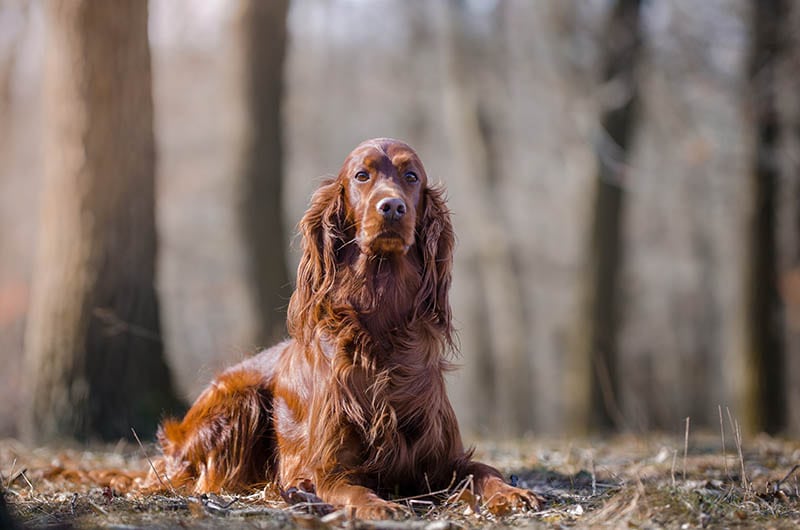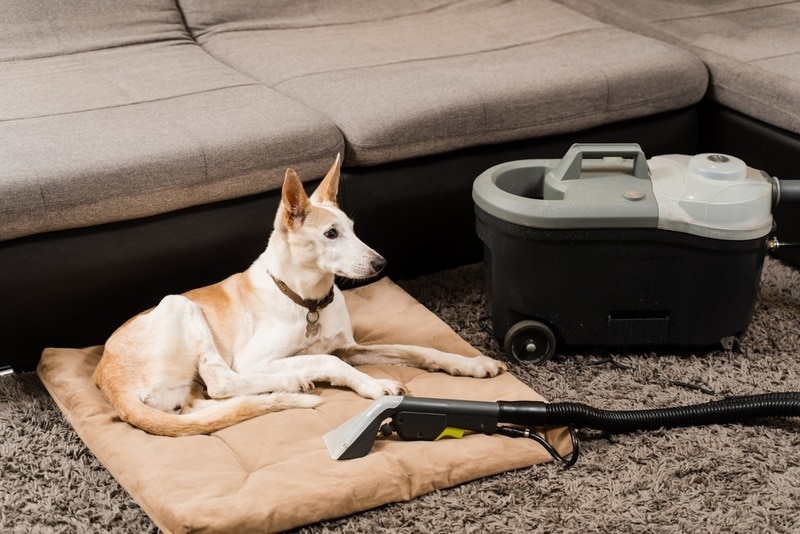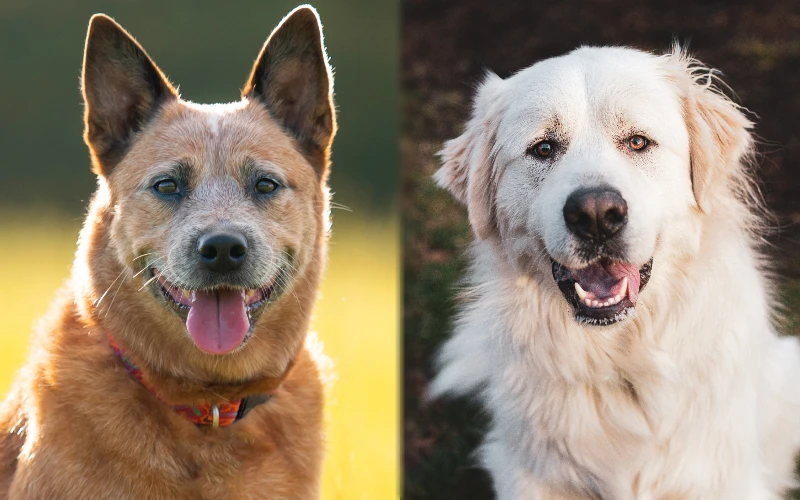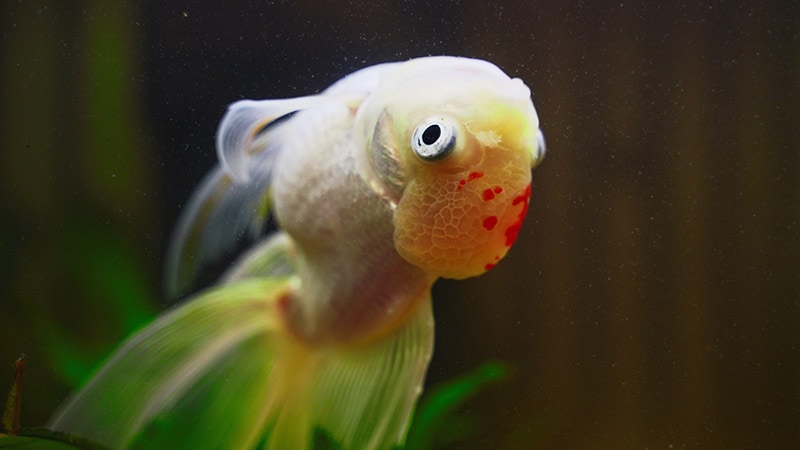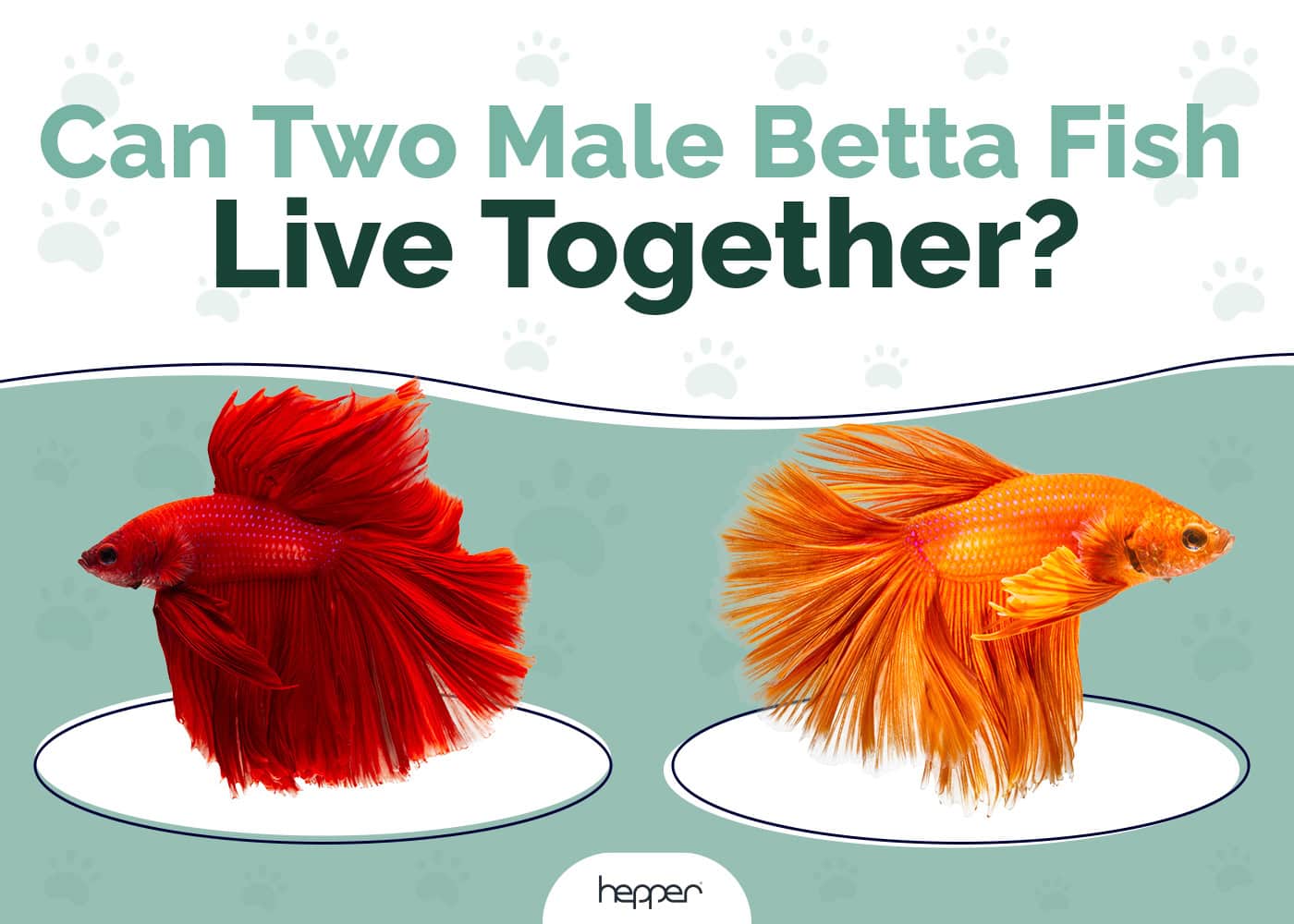How Much Space Does a Dog Need? Backyard & Indoor Areas

Updated on
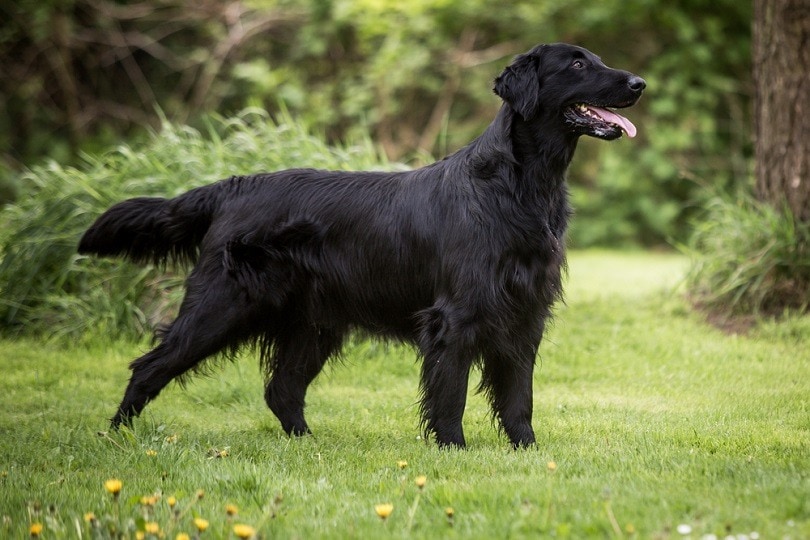
If you’re considering getting a dog but worried about space, you don’t necessarily need a big house or yard to have a dog. Different dog breeds have different space requirements, both indoors and outdoors.
How much space does a dog need? The answer depends on the size and unique needs of the dog. Below, you’ll learn more about the space requirements for a dog.
Indoor Space for Dogs
Most adult dogs are relatively quiet and inactive indoors—especially larger breeds. Of course, puppies are more energetic, but that will fade as they age. Some small and toy breeds are active inside but don’t require as much space as a large breed.
Dogs are highly adaptable and will cram themselves into whatever space works for them. If you want your dog to sleep in bed with you or on the couch, you don’t need much floor space. If you prefer your dog to stay off the furniture, you only need enough space for them to stretch out.
According to the Electronic Code of Federal Regulations (e-CFR) the dog’s minimum space requirements can be calculated as follows:
- Measure the dog’s length in inches, from the tip of the nose to the base of the tail
- Add 6 inches
- Square the number (multiply the result by itself)
- Divide the product by 144 to determine the minimum space your dog needs in square feet.
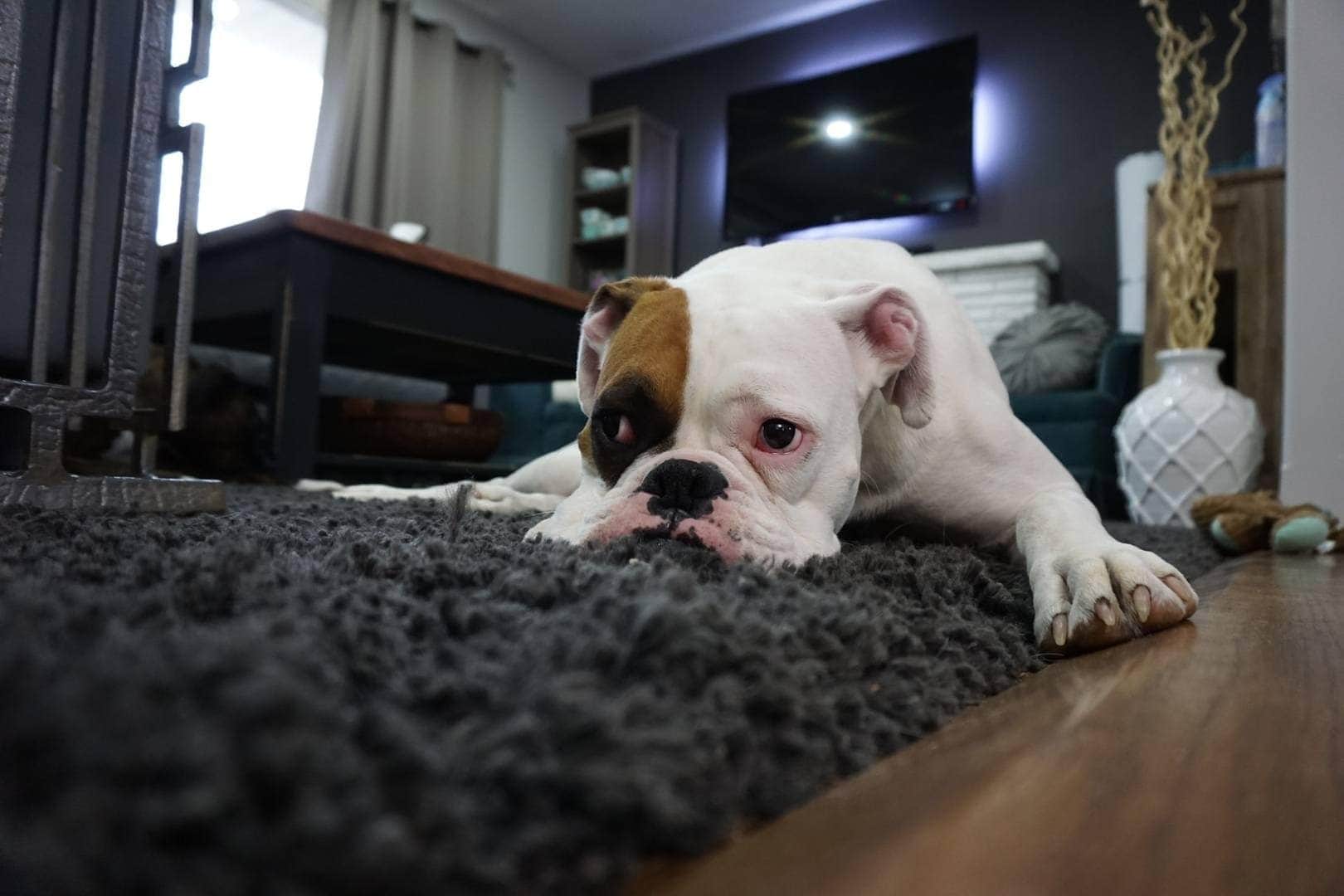
Outdoor Space for Dogs
Outdoor space is a little trickier to determine. Dogs use the yard space to play, exercise, run around, and relieve themselves. A small section of the yard can be used as a doggie toilet area, and it need only be large enough for your dog to move comfortably. Of course, this means you may be tasked with more cleanup.
If you don’t have a private outdoor space, your dog can be satisfied by regular walks on a leash. Remember that without the convenience of a yard, your dog will need to be walked regularly for toilet breaks and to get out and stretch their legs. Puppies have immature bladders and will need more frequent walks until they develop. Older dogs may need more walks to address incontinence issues that come with age.
Exercise and playing require more space, but you don’t need a yard. Dogs can play in the house or on walks to burn off energy. You could also bring your dog to the local dog park to play off-leash with other dogs.
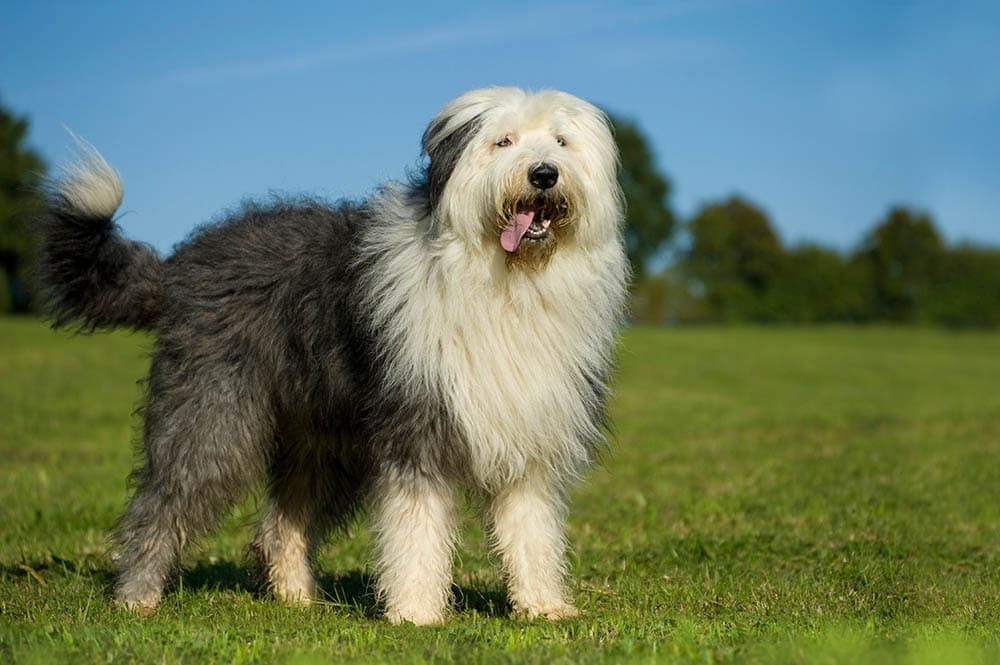
Choosing the Right Age and Breed
If space is limited in your home, that doesn’t mean you can’t get a dog. However, you may be better off getting a breed that’s an appropriate size or a dog with lower energy needs.
Breeds that work well in apartments or homes with small backyards include lower-energy breeds like the English Bulldog. They enjoy lounging around and don’t need much space; regular walks will do.
Small-to-medium breeds like Corgis, Spaniels, and Terriers are ideal if you have a mid-sized backyard. They enjoy playing and will make good use of the space but don’t require much running room.
If backyard space isn’t an issue, you can adopt practically any breed. Virtually any large dog can thrive in a big backyard, along with small breeds. Remember that your dog may benefit from a fence that allows them to run freely.
Rescues are a great option if you don’t have a lot of space. Shelters understand an adult dog’s space requirements and energy levels, ensuring that your home will be the right fit.
However, avoid getting a dog that doesn’t suit your current living environment. A high-energy breed that doesn’t have their needs met can become frustrated or bored, leading to destructive behaviors like chewing or excessive barking.
Finding the Right Fit
Space requirements are essential when you want to bring a dog into your home. The most important consideration is finding the right breed size, energy level, and personality to suit your available space and avoid boredom or frustration. However, a small home or apartment without a yard shouldn’t be a barrier to getting a dog. Dogs can adapt to playtime on walks in the neighborhood or at the local park.
Featured Image Credit: KimKuehke, Shutterstock


